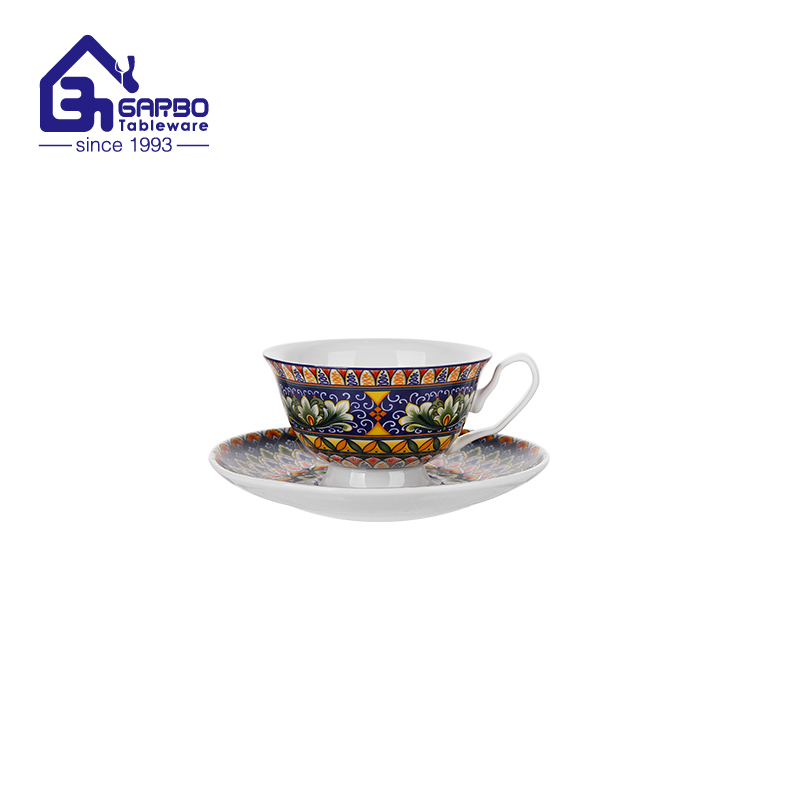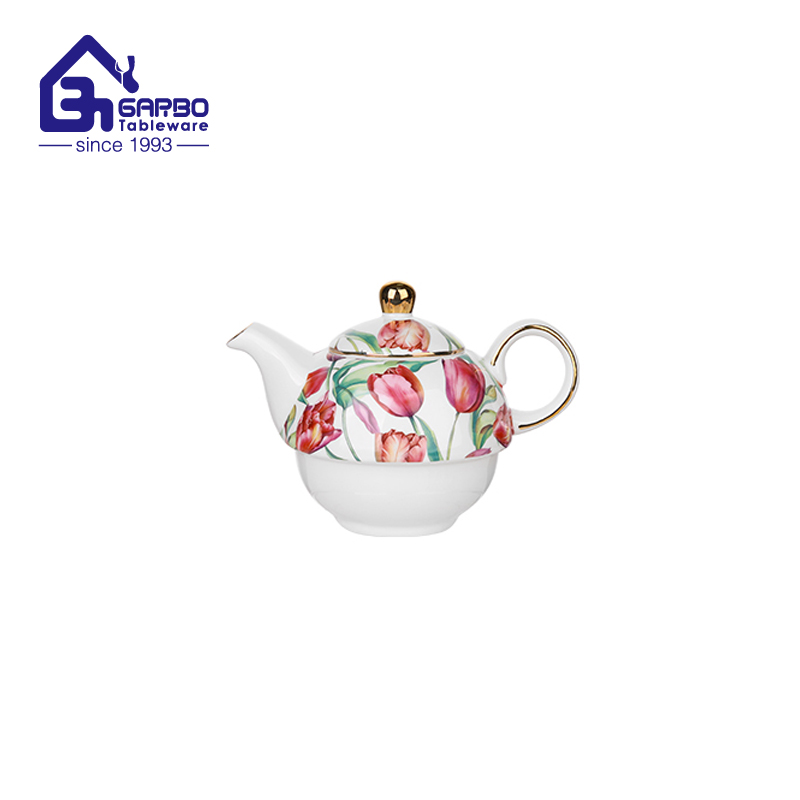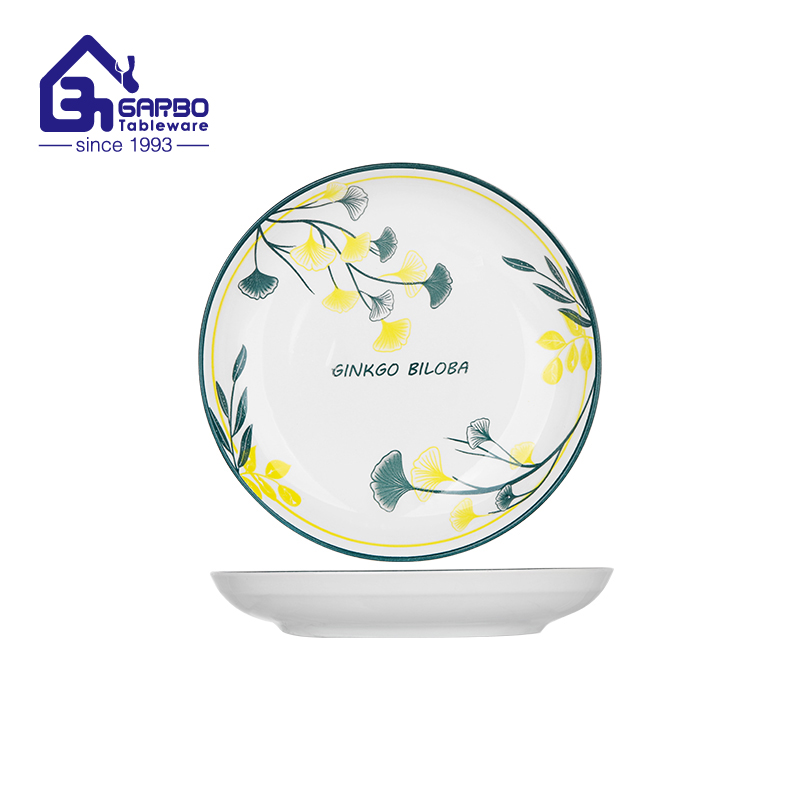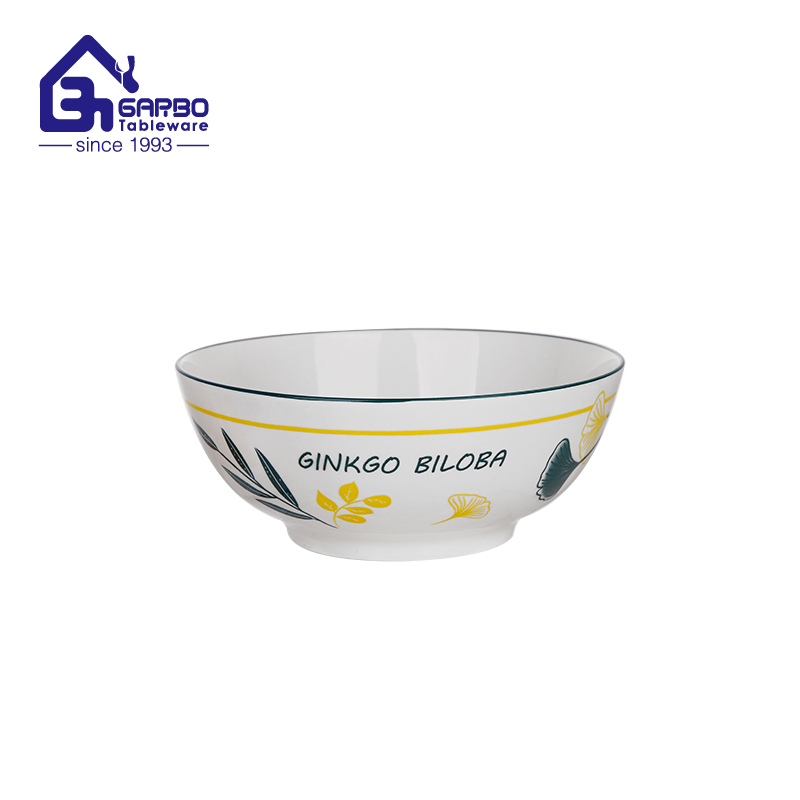Pulished on Oct. 13, 2025
Chinese ceramics, a star of the ancient Silk Road, have now become works of art on tables around the world. The art of ceramic post-processing plays a crucial role in their enduring appeal and continued trendsetting. This not only elevates technology but also multiplies value.
Painting on a pale yellow clay body: Artisans use specially prepared mineral pigments to create their work. This requires extremely high artist skills, as the pigment's hue changes before and after firing.
Apply transparent glaze: After painting is completed, the entire object is evenly covered with a layer of transparent glaze.
High-temperature quenching: The glaze is placed in a kiln and fired in a reducing flame at temperatures exceeding 1300°C. At this high temperature, the glaze melts into a vitreous substance, firmly enveloping and protecting the underlying painting.
Never fade: The painting is tightly protected by the glaze layer, which is wear-resistant and corrosion-resistant, timeless and healthy and environmentally friendly.
As smooth as jade: The picture is immersed under the glass glaze, with a smooth and warm touch and a full and profound visual effect.
This is exactly the eternity and promise that Chinese ceramics convey to the world - a fine product that can be passed down from generation to generation.

If underglaze painting is the ingenuity of hand-painting, then decals (underglaze decals) are the modern wisdom of reproducing art on a large scale, which perfectly balances efficiency, precision and beauty.
Decal paper production: The designed pattern is printed on a water-soluble carrier paper using special printing technology.
Attachment transfer: Soak the decal paper in water, then stick it precisely on the surface of the blank, gently scrape and press it to transfer the pattern completely to the blank.
Glazing and firing: As with underglaze color, subsequent glazing and high-temperature firing are carried out to make the pattern become part of the object.
Complex Unity: Able to achieve extremely complex and uniform patterns, meeting the stringent requirements of large-volume orders.
Quickly Respond to Global Trends: Whether it's Nordic minimalism, Mediterranean style, or Japanese wabi-sabi, these can all be quickly incorporated into production simply by changing the decal paper, making Chinese ceramics a sensitive responsive to global aesthetic trends.

Our Company produces over 50 million ceramic products annually, with over 70% exported to overseas markets.
Our products are exported to over 60 countries and regions worldwide, particularly in markets with extremely high quality requirements such as North America, Europe, and Japan. Garbo has established a strong customer base and has become a core supplier for many internationally renowned brands and supermarket chains.
Our success lies in its ability to maximize the two aforementioned post-processing arts. It boasts a sophisticated underglaze hand-painting production line, providing customized art porcelain for high-end clients, and a fully automated decal production line, capable of efficiently and with high quality fulfilling large-scale orders in the millions. This dual-track approach enables its product line to cover a wide range of applications, from everyday dining to art collections, satisfying diverse market demands worldwide.

Chinese ceramics have earned global acclaim thanks to the heritage of underglaze painting and the efficiency innovations in decal technology. Companies like Garbo seamlessly integrate art and industry. Leveraging superior post-processing technology and a robust global supply chain, they are bringing ceramic products embodying Eastern aesthetics to the world, where they continue to shine brightly.